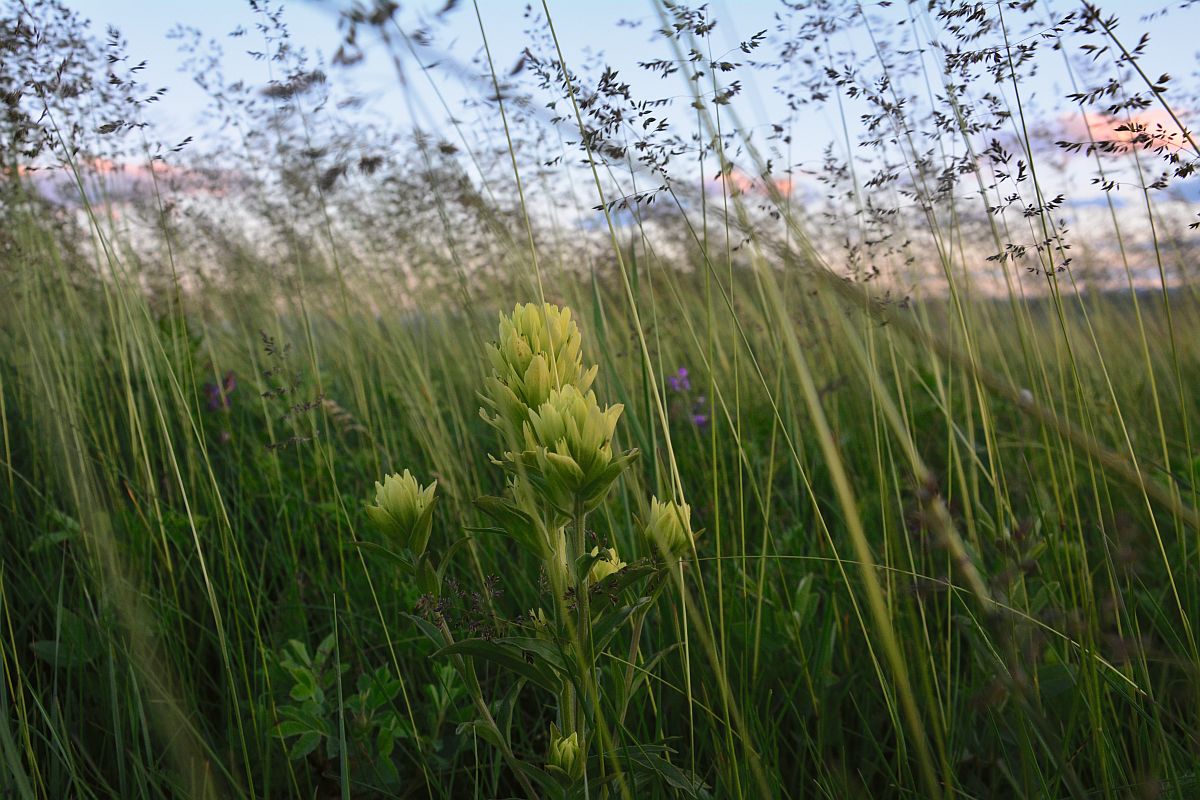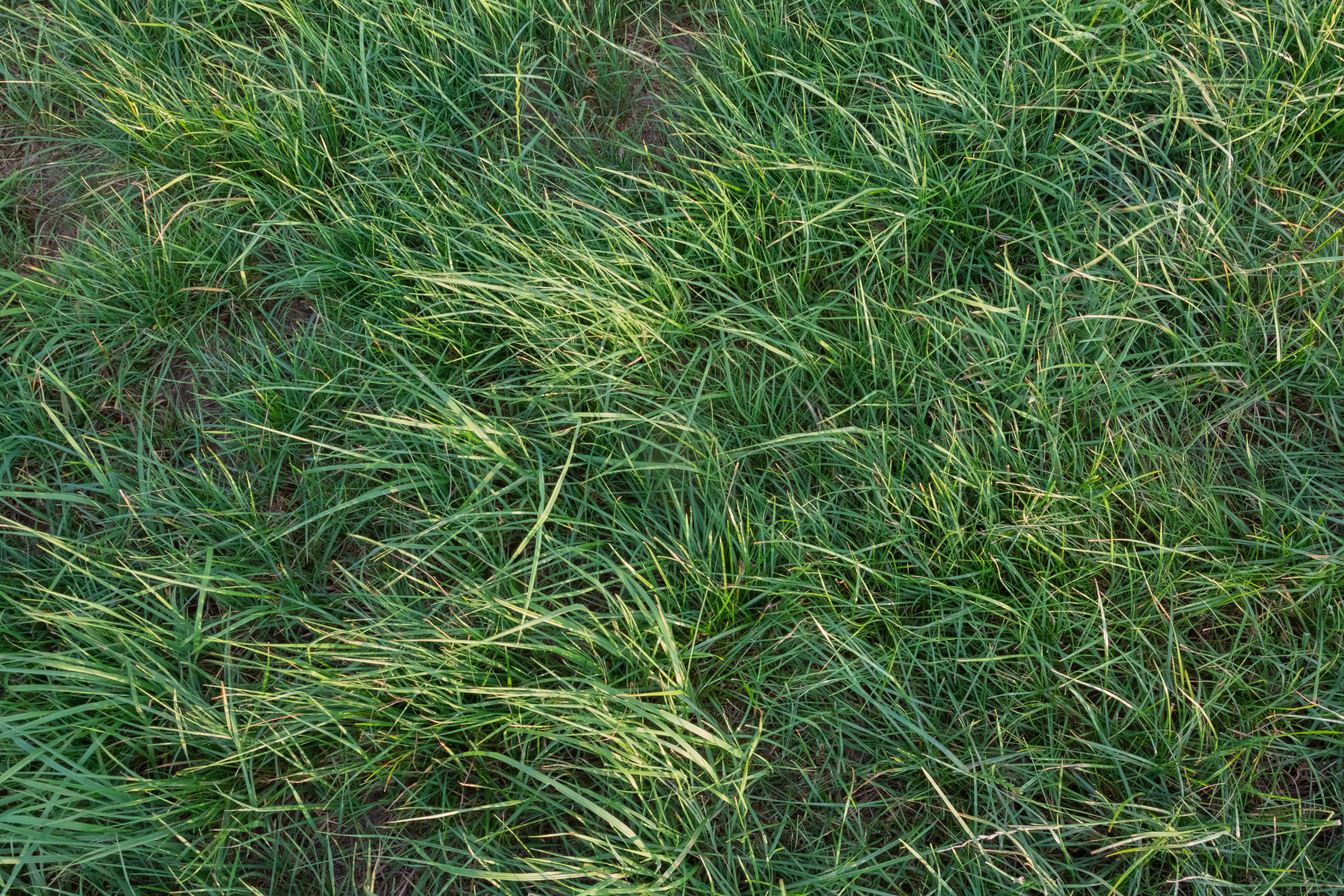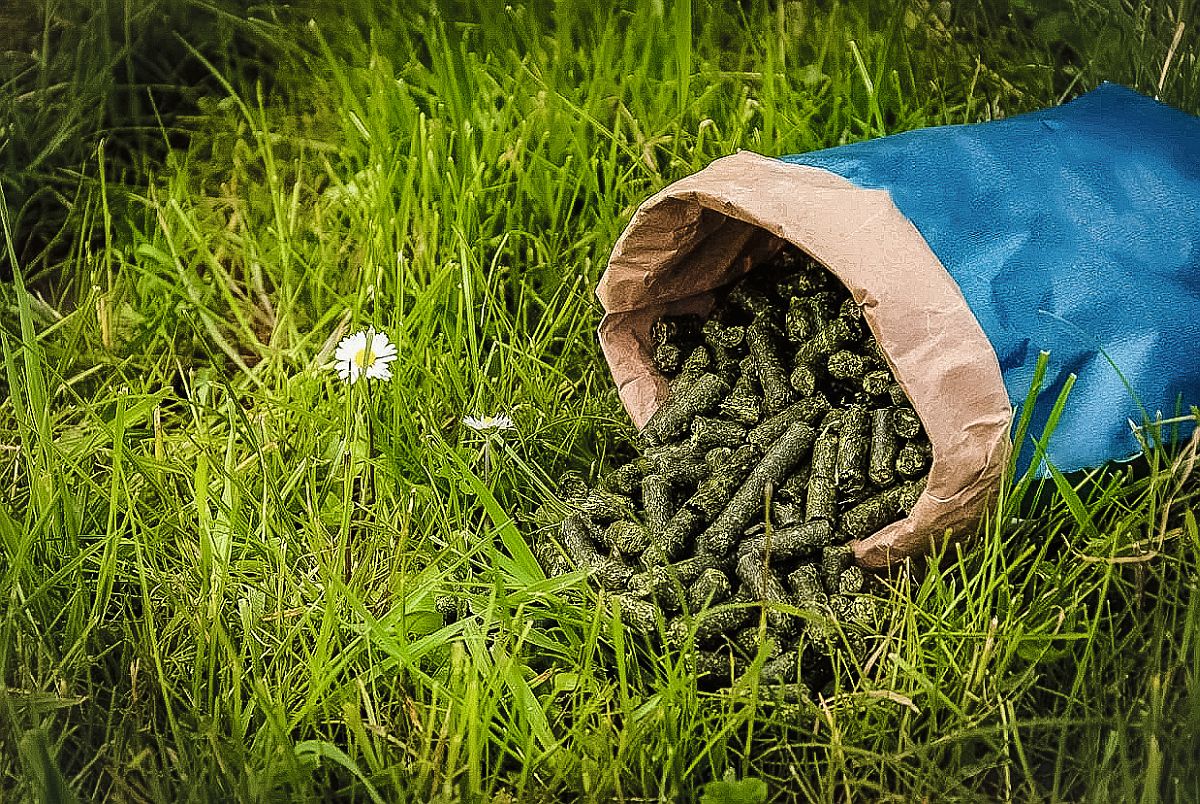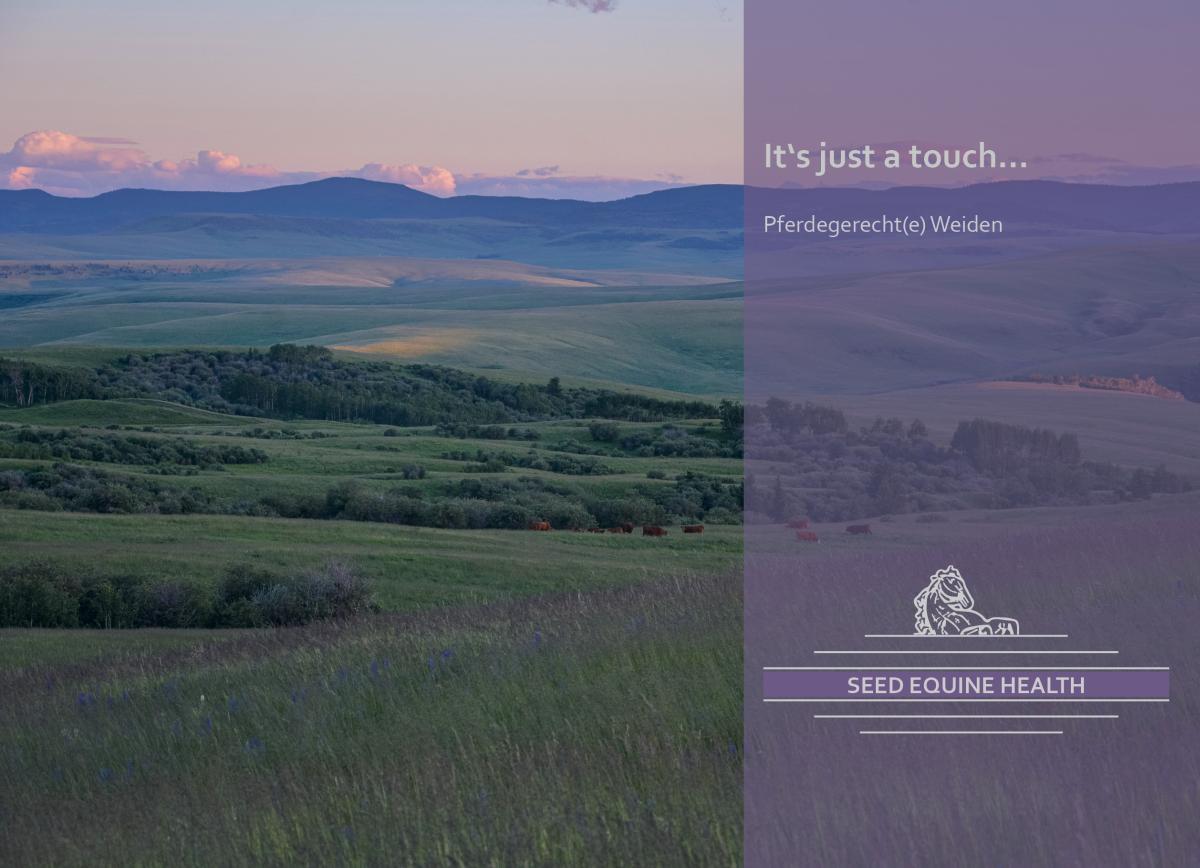Feeding horses can be very easy, although there are endless discussions and everyone advertises to produce the “best feed”.
The “Best Food”
The best food for me is the one that comes closest to the natural feed intake of the horse. So that would be grass. But “only” grass is not just grass. In the meantime, we are at least beginning to use low fructose varieties. Too little, too late.
But if you take a closer look at what grass horses eat, then this “grass” is simply more than just grass.
There are still a few original steppe areas where everything grows as the horse needs it. These are the steppes of Mongolia and Russia, the pampa in Uruguay and Argentina and the Canadian steppe.
And perhaps pictures speak more than a thousand words, so here is the composition of the Canadian turf.

Fast food for the horse
If you then compare this picture with what can be obtained from our fertilized and depraved pastures for horses, then perhaps you also know why we find it so difficult to feed horses in a manner appropriate to their species.

So all our horses get from this grassy wasteland is a surplus of fructans, sugar and protein. What they completely lack are secondary plant substances such as bitter substances, mucilages and so on. Everything they need for a healthy intestinal flora and thus a functioning immune system.
Preservation of horse feed
And then there’s the tiresome subject of conservation. How can I preserve grass over a longer period of time without losing many of its ingredients? That’s why I decided to produce Cobs because the drying time can be short and at low temperatures.
I also avoid the formation of mould (there is no hay without mould) and the formation of dust during feeding.
Of course Cobs also have disadvantages. They are eaten faster than hay and can lead to throat blockages especially with fast and greedy eaters.
I therefore always recommend the use of feeding automatons in connection with such feeding. This allows frequent feeding of small quantities and ensures that our horses do not stand hungry for a long period of time. Such feeding also prevents the horses from snapping the cobs too quickly. But for horses with dental problems and greedy horses I always recommend moistening the cobs shortly before feeding.
That is why I try to help my horse owners in two ways to feed their horses in an appropriate way.
1. Cobs Design to fit
These Grascobs originate from the highlands of the Allgäu and are made from fresh grass and herbs from extensively cultivated pastures. They are controlled in their nutrients and are tailored exactly to the needs of your horse.

2 Seed Equine Health
I assist my customers in the new creation of their paddocks with advice and action and the planning and selection of seeds and plants of nutritionally valuable woody plants and trees. Because really horse appropriate pasture are neither solid green, nor rectangular nor treeless.
